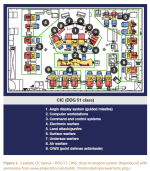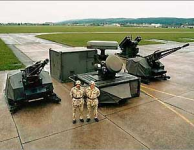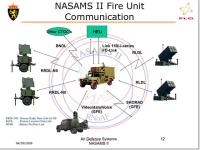KevinB
Army.ca Relic
- Reaction score
- 29,287
- Points
- 1,260
You are much better off with the RCN and RCAF using NORAD for those threats at this time.And I'd add Air Defence capabilities to that priority list (whether controlled by the Army, RCN, RCAF or more likely all of the above).
We don't need to create an "Iron Igloo" (Canadian version of Trumps "Golden Dome") but our military bases (especially our airfields and dockyards) require robust C-UAS capabilities so that an enemy can't cripple our ability to deploy forces with a preemptive attack. The coasts should also have AD capabilities to counter possible submarine launched missile attacks against our facilities.
P-8's, F-35's, River Class Destroyers are much better for that.
You won't have Reg Force AD personnel sitting at alert 24/7
Canada (and the US) have no real rationale for Golden Shower Dome as POTUS has pitched it - other than cooperative BMD.
Iron Dome Israeli works for Israel due to its small size, and short range threats.
I believe that Golden Dome will eventually be rationalized as a much better NORAD/NAEEZ Sensor System - and leave the interception of threats to the Air Forces and Navy's outside of some locations that already have Point Defense systems for C-UAS and AD.








